Greetings- It’s been a full couple of days and I’m horribly behind on my posting. Just got Rachel off on the airplane this morning, so now I have a moment to catch you up on the rest of our adventures…
One of the must-share experiences that we had was a trip to the Chinoy Cemetery. First, a definition of Chinoy. It is a combination of Chinese and the slang term Pinoy, which is what Filipinos call each other. Hence Chinoy. The tour was led by Ivan Man Dy of Old Manila Walks. Ivan’s grand-parents immigrated from China at the turn of the 20th century and he was raised entirely in Manila. He had a very intimate relationship with the cemetery, as he had been coming here for the past 30 years to honor his family’s ancestors. Here’s what we learned on the tour:
Like most things Filipino, the cemetery is a meshing of traditions. This altar is a prime example, whereby Buddha and Jesus happily co-exist in the same space.
The cemetery was mostly made up of Mausoleums. They came in all shapes and sizes – small to large, art deco to stately. The one pictured above is one of the largest, constructed for an entire family to be buried in. Plots can be rented for 25 year periods. It is rumored that if you don’t keep up on your rent, the deceased’s body will be exhumed and moved to a new location. This “rent” provides a salary for the caretakers who LIVE FULL-TIME at the cemetery. We saw about 20-30 of them around while we were taking the tour. Here’s the creepy part – each of them LIVES in one of the larger mausoleums!! Can you even imagine that?
Originally, the deceased were buried in above ground tombs made out of stone that were just big enough to hold the body. It was common tradition for families to regularly come to the tomb to spend the day or even an overnight with their loved ones. In the Philippines it is common to bring food, games and music to the cemetery and literally host a large family celebration with your ancestor present. It was a way to show honor for that person and keep them in your memory. The problem in Manila was that it was hot and uncomfortable to stay out for that long. So the practice of building mausoleums was created by those who could afford it. Some of the most lavish, like the one above, contained chandeliers (a bit hard to see in the picture, sorry) and flushing bathrooms.
On days like all Saint’s Day, the cemetery is overflowing with Chinoys. It’s an all-out celebration, with food vendors lining the cemetery streets selling delicious Filipino delights! Hard to imagine that in the US…
I’m thinking about stealing this idea for my gravesite. This guy has a sign pointing the way to his tomb, so that there’s no confusion about where he’s buried. Now there’s no excuse for his descendants not to visit!
Oh, but let’s not forget this guy, Mahon Luk. In life, he was known as the “Noodle King”, creating a empire of restaurants serving that very item. Fitting, I guess then, to top your tomb with a crown. I’m sure he was quite the humble man in real life (or just had a good sense of humor).
Last but not least, we must call out the unfortunate wives of this gentleman. Not only did these poor souls have to compete for his affection in life, but now they get to spend eternity with each other as well. Please note: There was no remarrying here, this was a 2-at-1-time kind situation. No thank you!
All in all, a fascinating way to spend a morning. Highly recommended for those of your visiting Manila. I’m still trying to work out how I can finagle an invitation with a local Filipino family to spend All Saint’s Day this year at a cemetery. I’ll keep you posted on if I make it happen…
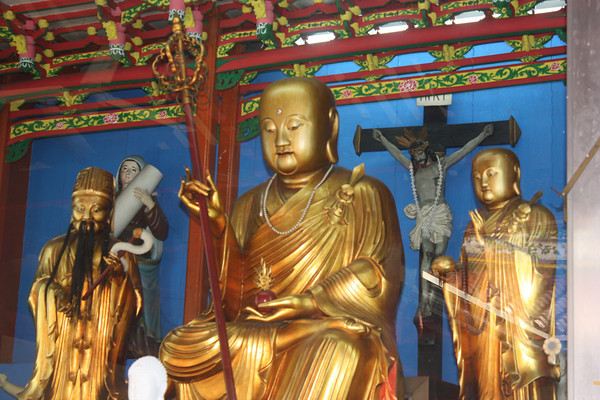
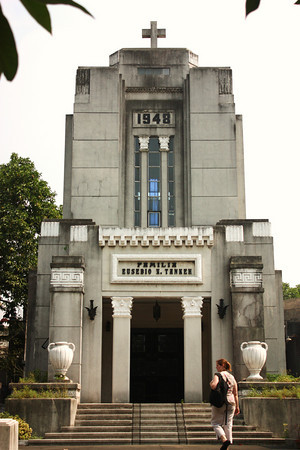
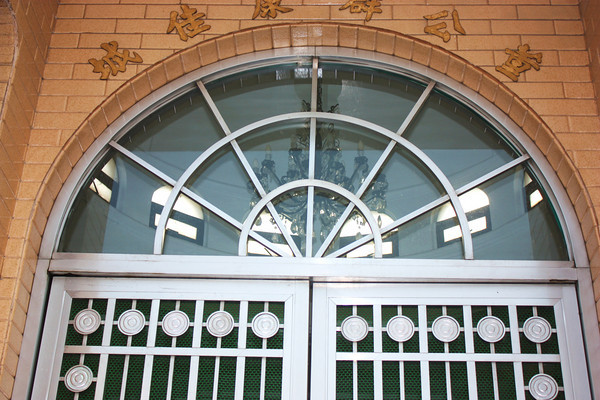
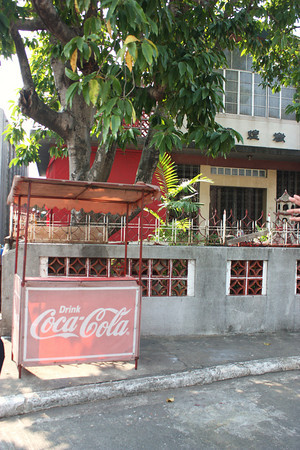
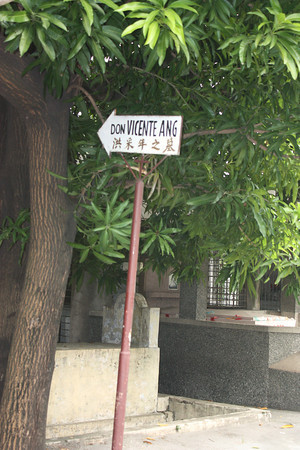
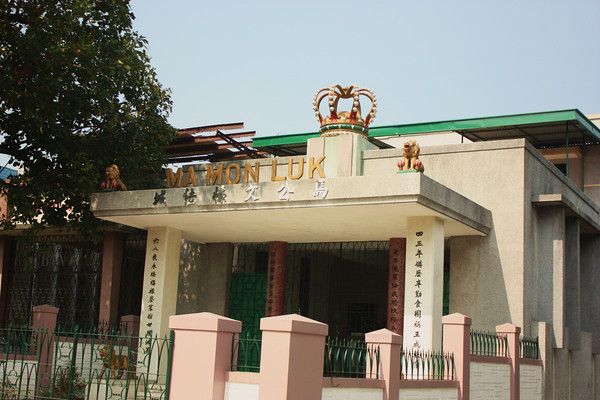
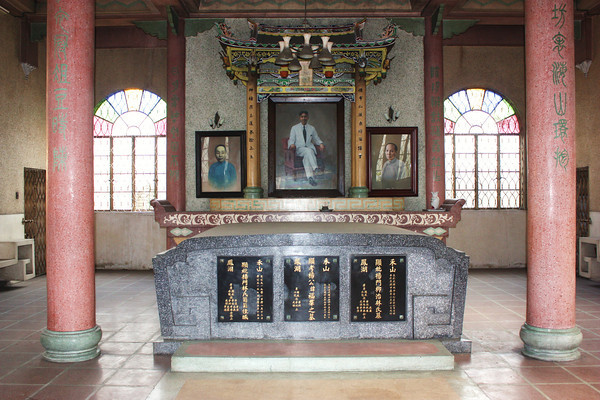


Leave a reply